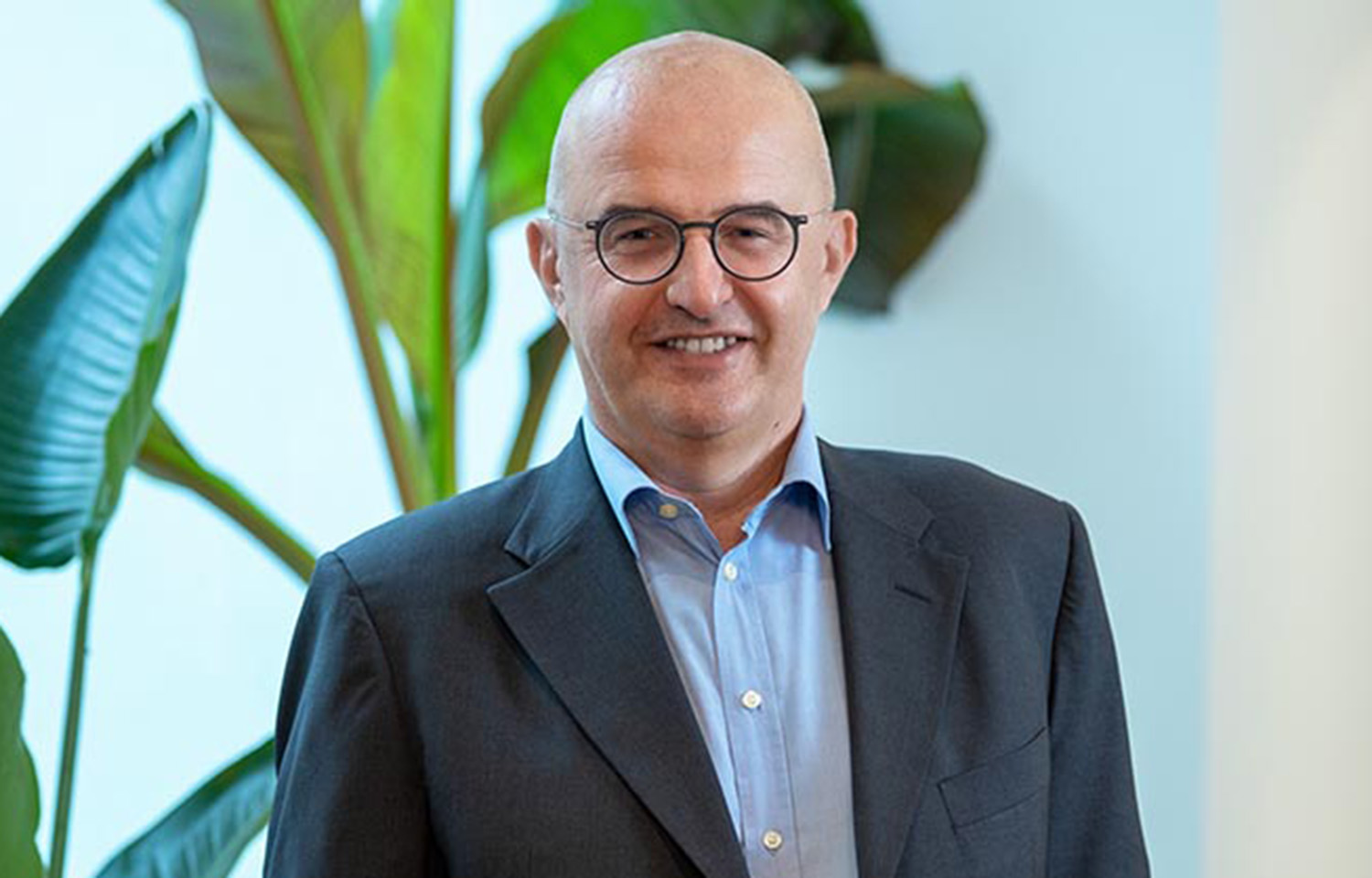AIPCE-CEP is turning its attention toward addressing consumers' misconceptions around seafood.
The representative body for E.U. fish processors and traders has outlined plans for a seafood sustainability manifesto identifying the association's goals for getting more information about seafood to European consumers.
“I have been [in the] sustainability [sector] for almost 16 years, and I strongly believe that sustainability is a big challenge for humanity and for business. Ahead of us, we have challenges like climate change, biodiversity loss, and inequality,” AIPCE-CEP Sustainability Chair Luciano Pirovano said. “However, sustainability is not a threat. In my opinion, it’s a really big opportunity to give value to the European seafood industry and to give value to our supply chains. We have been shy in the past in showing how complex and interesting our supply chain is.”
The document, which will be published in the second half of 2024, will be a reference point that seafood companies can use when making buying decisions or that lawmakers can lean on to develop policies around sustainability.
Pirovano said the manifesto will help the seafood industry align with wider E.U. plans for sustainability through six focal points that the AIPCE-CEP has identified: responsible fishing and healthy oceans, responsible aquaculture, responsible production, human rights and community development, healthy and affordable food, and responsible communication. Each of these pillars will have its own dedicated taskforce, led by experts from the seafood industry, according to Pirovano.
“It is about what we stand for. It’s about our principles, what’s important for us, where we want to go, and our vision – not where we are today. It’s about leading the discussion and not following it,” he said.
AIPCE President Guus Pastoor said while Europe’s seafood industry has been growing in recent years, per capita seafood consumption growth has remained relatively stagnant in many European countries. This is due to a distinct lack of consumer confidence in preparing and cooking products at home, he said.
“More consumers are now not looking for whole fish to prepare. They’re looking for products that are convenient, nutritious, and affordable,” Pastoor said. “We’re confident we can provide these products, but there’s more to it; today’s consumers also want to know more about the products, how it was produced, and where it was produced.”
Unfortunately, he said, consumers are too often left in doubt, with issues like overfishing; illegal, unreported, and unregulated fishing; and negative opinions on the environmental impacts of fish farming contributing to public misgivings, Pastoor said.
“Some of these may be justified; others are clearly not. For example, the E.U. has quite a solid fisheries policy, with stocks managed to scientific advice,” Pastoor said. “Personally, I believe we’ve come a long way, but many consumers may not understand that if catch quotas go down, that doesn’t mean that fishers are overfishing; it means that we are doing what we’re meant to: adjusting the catches to natural circumstances in order to build for the future.”
Similarly, the aquaculture sector faces criticism for its use of...








